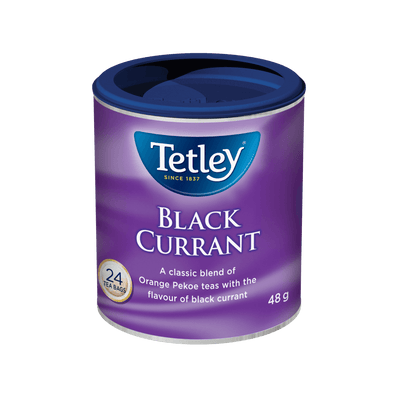Tea Basics

What's Tea?
The journey to your cup begins in tea gardens around the world. Tea is made from the young leaves and unopened bugs of the plant, camellia sinensis. We grow and buy tea from across the world to ensure a full-bodied and high-quality product every time.
Our experienced tea buyers work with thousands of tea gardens in over 25 countries to select the best tea leaves. For us, it’s about helping to create a thriving global tea industry that’s socially fair and environmentally sustainable which is why we’re founding members of the Ethical Tea Partnership. We also source 100% of our tea from Rainforest Alliance Certified gardens.
Read more about our sustainability efforts here.
Where Does Tea Come From?
Tea plants flourish in warm, moist climates and can grow twenty feet high if left unattended. Our tea buyers purchase the highest quality tea which means tea grown in cool climates and at high altitudes where the tea plants are trimmed to only three or four feet in height and width.
The main producers of tea are Sri Lanka, India, China, Japan, Indonesia, Turkey, and some parts of Africa and South America.
Before landing on a shelf at your grocery store, each Tetley blend undergoes a four-stage journey. They key ingredients are care and attention which is, after all, what goes into making a great cup of tea.
Regions
Most of our teas come from the following regions:
Argentina – this hot and humid region produces mild teas with clear and bright liquors perfect for iced tea.
Kenya – most teas are grown in the highlands of the Great Rift Valley that runs through Kenya. The most prized teas come from the East. Grown at high altitudes, these teas are super sparkly and full of flavor.
Malawi – known as the warm heart of Africa, the soil here is beautiful, vibrant, and red in colour which produces the most richly colored teas in the world.
China – the Chinese are experts in green, white, and oolong teas. Each region has its own unique style with closely guarded secrets passed down through generations. It would be impossible to taste every tea in China!
Ceylon (Sri Lanka) – this tropical island produces some beautiful teas: floral, fruity, and smooth. Tea here is grown high above sea level in mountainous misty forests.
Darjeeling (India) – grown in the foothills of the Himalayas, teas from here are delicate and peachy. In fact, they’re often referred to as the champagne of teas.
Assam (India) – teas grown in the lush Brahmaputra valley of Northern India are rich, malty, brisk, and full-bodied making them the perfect tea for an excellent morning brew.
Indonesia – the islands in South East Asia produce naturally spicy teas that take flavor well making them the perfect for earl grey blends.

Tea Types
Tea can be grouped into four major types, according to the degree of oxidation or exposure to air. These four types are:
Black Tea
One of the most widely consumed tea types in North America, black tea is strong in flavour. It’s withered, rolled, sifted, and oxidized until it turns a bright copper colour.
Green Tea
Extremely popular in China and Japan, green tea is free from the oxidation and withering process.
White Tea
Like green tea, white tea is also non-oxidized but features young or minimally processed camellia sinensis leaves, providing a light and sweet flavour.
Oolong Tea
Oolong tea is semi-oxidized, and its leaves have a greenish brown colour. This specialty tea is popular in East Asia, but not widely consumed in North America.









